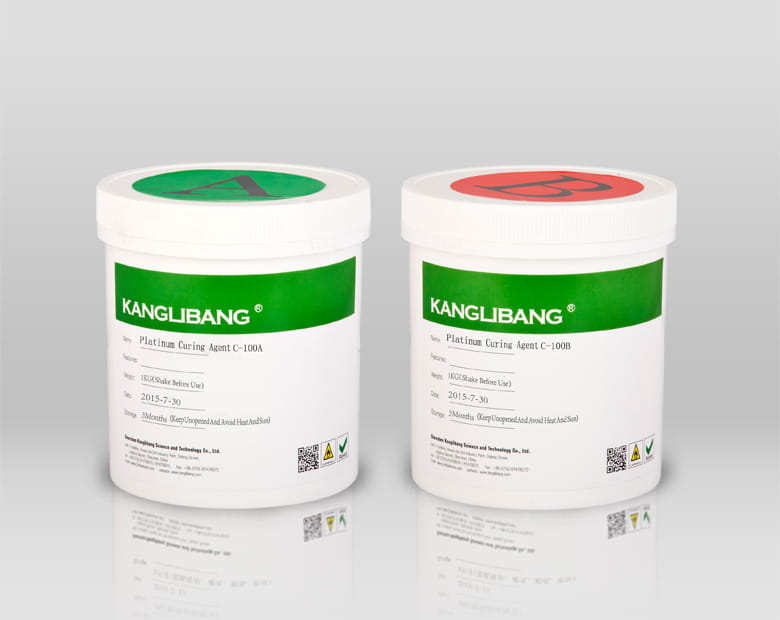DESCRIPTION OF THE PLATINUM CHEMICAL REACTION THAT FORMS SILICONE RUBBER
02 Jun 2020
The silicone industry extensively uses the platinum-catalysed hydrosilation reaction in which a silicon-hydrogen (Si-H) bond is added across an unsaturated carbon-carbon double bond (C=C) of an olefin, resulting in the formation of a silicon-carbon (Si-C) bond.
Hydrosiliation can be used for the synthesis of monomers; for example, Figure 1 shows the addition of a methyl dichlorosilyl-substituted compound, which, upon hydrolysis, gives a polymer, polysiloxane, with hydrocarbon, functional groups.
Crosslinked silicones obtained by platinum catalyst are used in many applications, such as: automotive gaskets, paper release coatings, pressure sensitive adhesives, and baby bottle teats, to name a few.

The oxygen substitutes a silicon atom and the superscript is used to describe substitution at silicon. Methyl as in Mvi refers to vinyldimethylsiloxane, D is dimethylsiloxane and DH is methylhydrogen siloxane.
The formulation of platinum cure silicone rubber must address the following issues:
Strength – Unfilled silicone rubber has extremely poor mechanical properties and will crumble under the pressure of even a fingernail. The most effective reinforcing filler is hexamethyldisilazane treated, fumed silica. If the clarity is important in the application, the reinforcing resin must be different.
Hardness – The higher the density of the crosslink, the higher the hardness of the silicone rubber.
Consistency – This depends on the viscosity of the base rubber and the variety of low surface area fillers, for example, calcium carbonate and precipitated silica.
Time of cure – The selection of platinum catalyst generally controls the preferred temperature of cure. Platinum in vinyldisiloxanes is usually used in room temperatures curing. Platinum in cyclic vinyl-siloxanes are used in high temperature curing.
Work time – Is related the speed of cure. Apart from temperature, moderators (or retarders) and inhibitors are used to control the work time. Moderators slow, but do not stop, the platinum catalyst. Inhibitors stop or “shut-down” platinum catalyst.
Shelf life – In a fully compounded silicone, the shelf life can be affected by moisture, differential adsorption of reactive components by fillers, and inhibitory effects of trace impurities.
Compounding – All but the lowest consistency silicone rubbers are typically compounded in sigma blade mixers, two-roll mills, or, for large scale production, twin-screw extruders.






